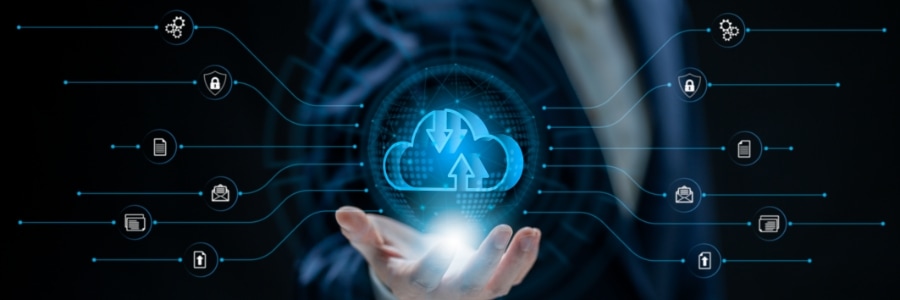The private cloud is experiencing a revival, especially as businesses recognize the benefits of a hybrid strategy. A new generation of private cloud platforms, equipped with advanced features such as automation, elastic scalability, and robust security, is now capable of handling cutting-edge workloads, including AI and big data.
Blog
Two healthcare AI innovations you need to know about
Passkeys explained: The key to safer, smarter online authentication
Why two screens are better than one: The business benefits of dual monitors

Do you find it difficult to stay focused because you’re frequently switching between multiple windows? Dual monitors offer a simple yet effective solution to enhance your workflow. In this article, we’ll explore the benefits of dual monitors and how they can help create a more intuitive and efficient workspace.
How to prevent costly VoIP downtime

Voice over Internet Protocol (VoIP) systems have emerged as a vital communication tool for businesses of all sizes. However, when these systems fail, it can negatively impact operations, productivity, and customer relationships. To prevent costly downtime, consider these seven strategies for keeping your VoIP system running smoothly and your business connected.
Tips for connecting apps to Microsoft 365 for seamless productivity
8 Essential practices for safeguarding your multicloud infrastructure

As multicloud architectures become increasingly prevalent, maintaining strong security has grown more challenging than ever. This article outlines eight key strategies for businesses looking to protect their cloud systems. Learn how to streamline security governance, minimize blind spots, and secure your environment across diverse cloud platforms for a unified and secure multicloud setup.
Drowning in data? Dashboards are your lifeline

Your business generates massive amounts of data, but is any of it actually helping you? Without the right tools, raw data is just noise. Business dashboards are the solution. They organize and display your most important metrics on a single screen, helping you spot trends, track performance, and uncover valuable insights that would otherwise be overlooked.
Why small businesses are struggling with cybersecurity

Cybersecurity has become a priority for businesses of all sizes, not just big corporations. Small businesses, often overlooked in the cybersecurity conversation, are now prime targets for cybercriminals. This blog delves into the reasons why small businesses are struggling more with cybersecurity today.
Making sense of Apple identity management for businesses

Enterprise identity management has evolved far beyond local accounts and Active Directory logins, especially with Apple devices entering the mix. This article breaks down Apple’s current approach to identity and device management, how managed Apple Accounts fit in, and why integrating with services such as Apple Business Manager and mobile device management (MDM) tools is key to simplifying Mac and iOS administration.




